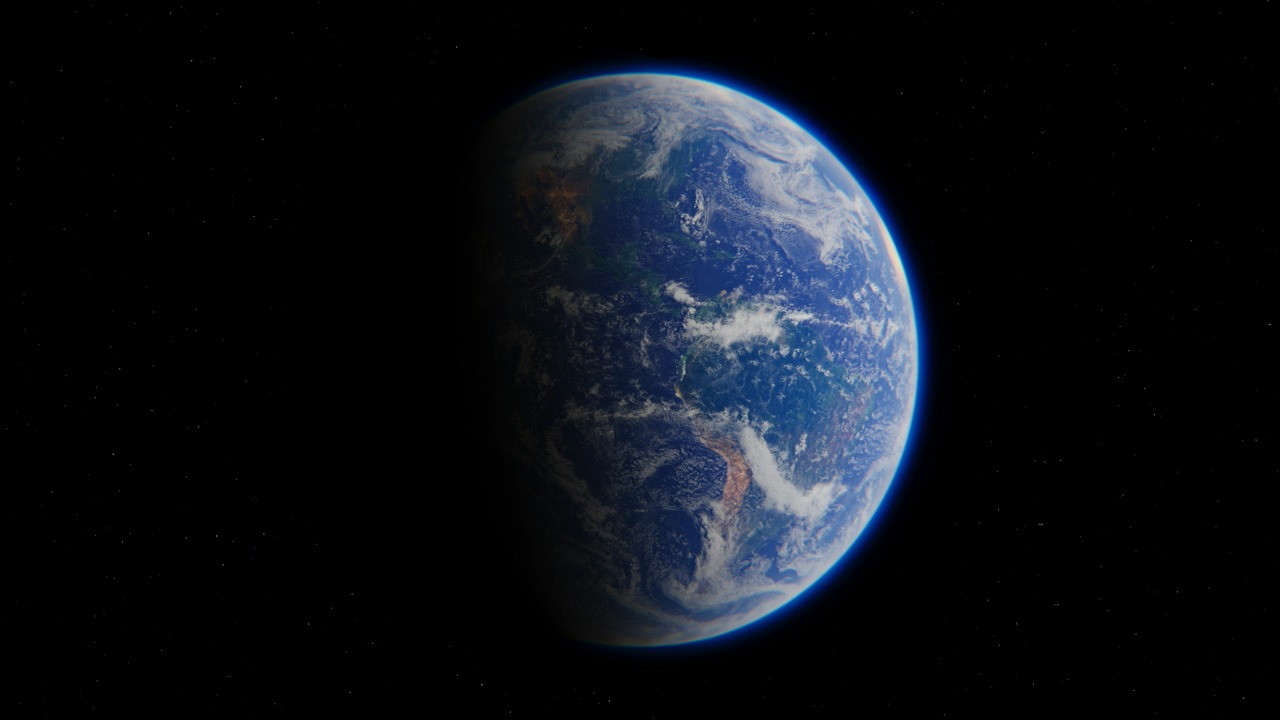
Recent analysis by NASA reveals a concerning trend: over the past two decades, Earth has become 0.5% darker, reflecting less sunlight back into space. This decline in planetary albedo, primarily due to melting Arctic sea ice and expanding dark ocean surfaces, traps more solar energy in the atmosphere, accelerating global warming at an unprecedented rate.[1] The potential implications of this phenomenon are far-reaching, with potential for extreme weather patterns worldwide.[2] The data, drawn from 22 years of observations by NASA’s CERES instrument, underscore a feedback loop where less ice leads to more heat absorption, further reducing reflectivity.[3]
Understanding Earth’s Albedo Decline
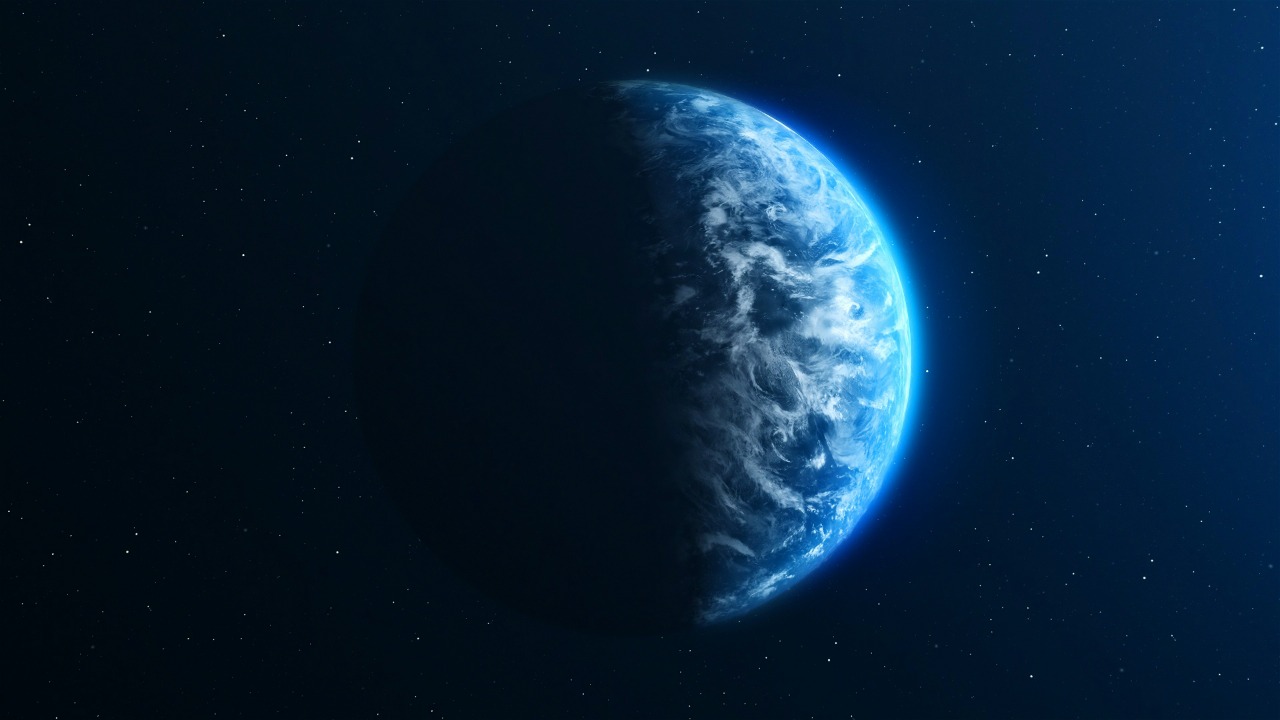
Albedo is a scientific concept that measures how much sunlight a surface reflects. Over the past two decades, Earth’s overall albedo has dropped from 0.30 to approximately 0.298, allowing more heat retention in the climate system.[1] This darkening trend has been confirmed by satellite measurements from NASA’s Clouds and the Earth’s Radiant Energy System (CERES), which have tracked a 0.5% decrease in reflected sunlight over 22 years.[2]
Polar regions play a significant role in global albedo. White ice sheets in these areas previously reflected up to 80% of incoming solar radiation. However, as these ice sheets melt, they are replaced by darker waters that absorb 90% of solar radiation, further reducing the Earth’s overall reflectivity.[3]
Primary Drivers of Dimming
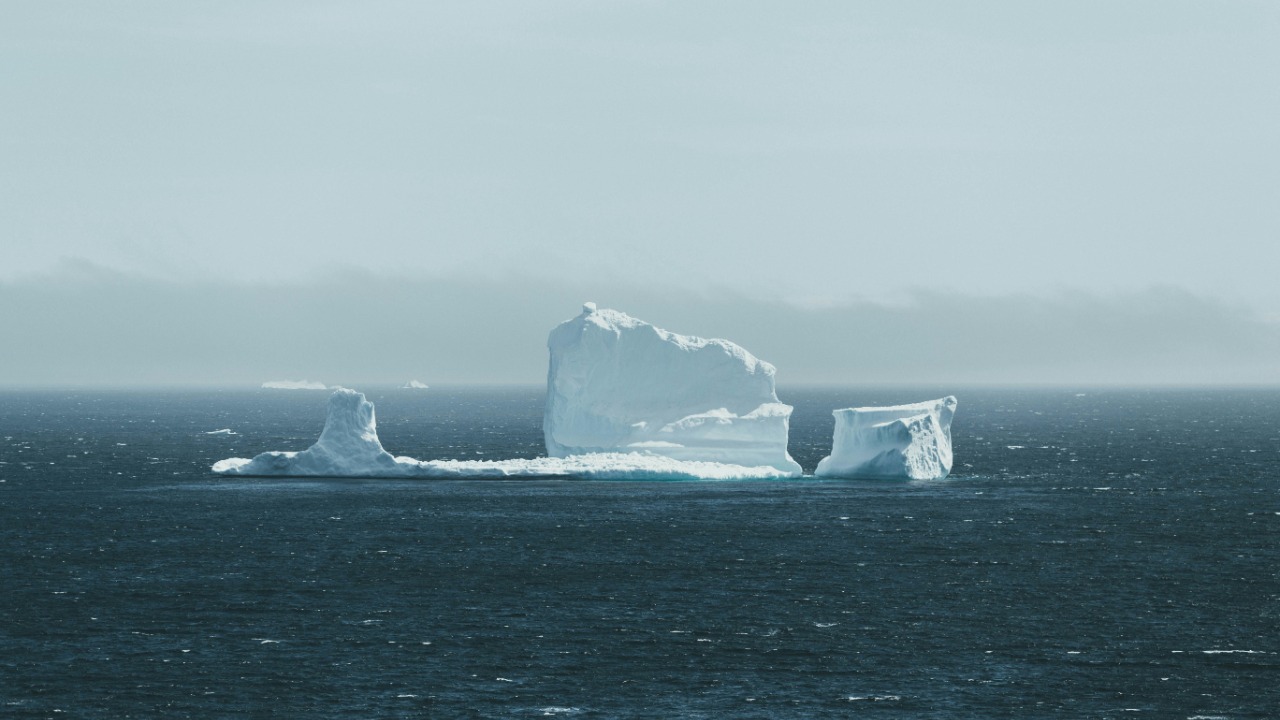
One of the main drivers of Earth’s dimming is the loss of Arctic sea ice. Since 1979, the extent of summer ice has been shrinking by 13% per decade, exposing darker ocean surfaces that absorb rather than reflect heat.[4] Additionally, reduced low-level cloud cover over oceans has decreased by 0.2% globally, leading to less scattering of sunlight back to space.[1]
Another contributing factor is changes in aerosols from human pollution. Cleaner air over industrial areas has inadvertently lowered reflectivity by reducing particle-induced cloud formation.[2] These factors combined are accelerating the darkening of our planet, with serious implications for our climate.
Climate Feedback Loops Intensified
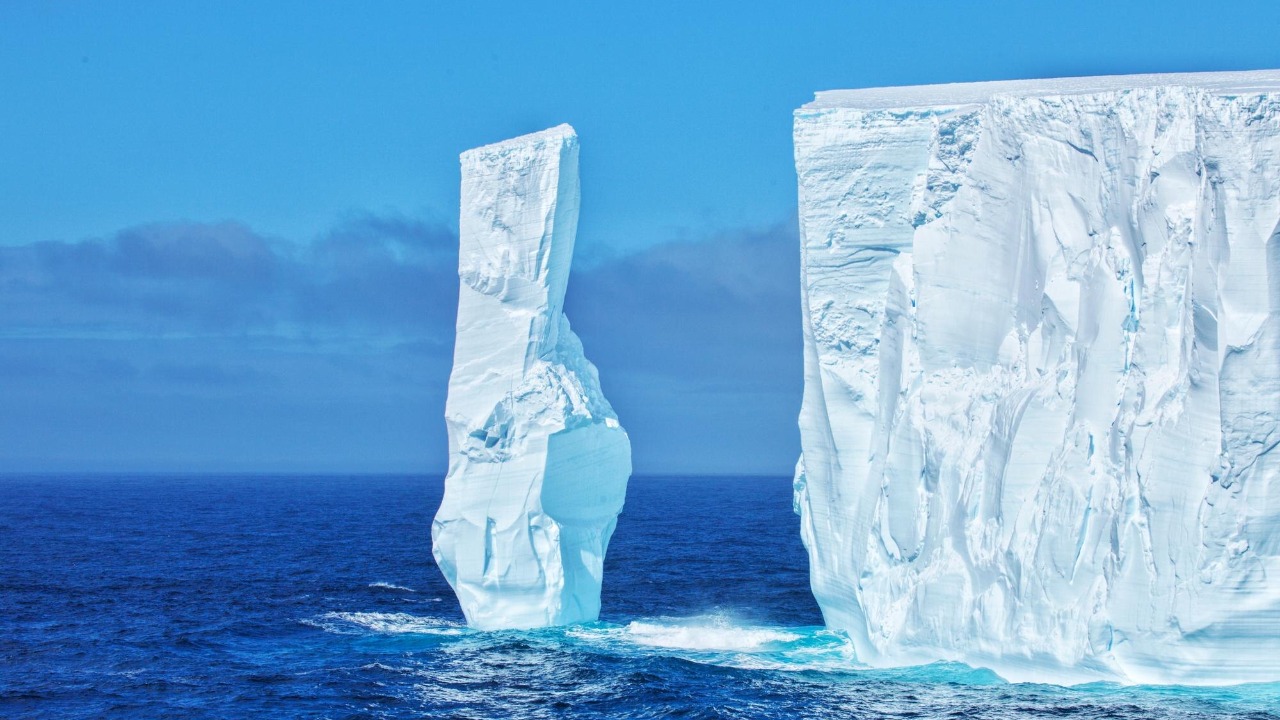
The ice-albedo feedback loop is a concerning aspect of this phenomenon. As ice melts, it reduces reflectivity, causing faster warming that melts more ice. Models project an additional 0.2 watts per square meter of absorbed energy by 2050 due to this feedback loop.[3] Deforestation in the Amazon, which has lost 17% of its cover since 1970, also contributes to this loop by creating darker land surfaces that absorb more heat.[4]
Furthermore, the top 700 meters of the ocean are warming by 0.11°C per decade, partly due to increased absorption from dimming effects. This ocean heat uptake acceleration is another factor intensifying climate feedback loops.[1]
Implications for Global Weather Patterns
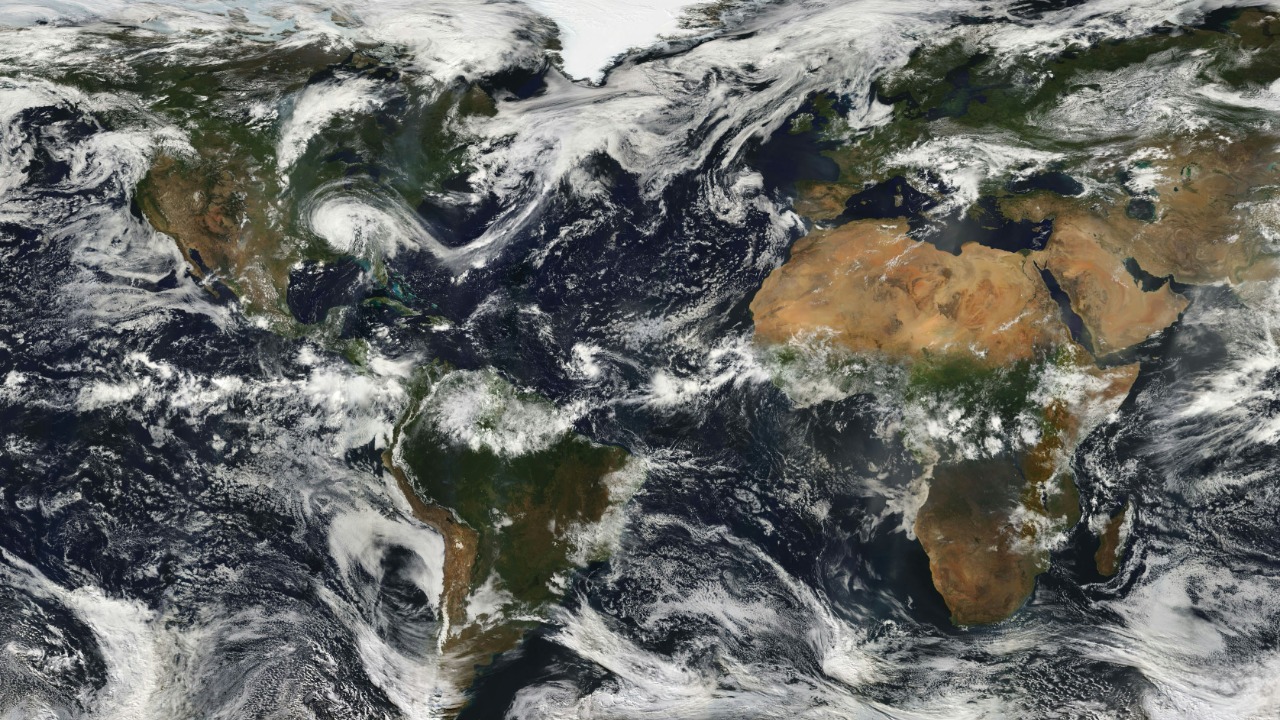
The darkening of Earth has potential to intensify hurricanes, as warmer oceans from higher heat absorption fuel stronger storms. Category 4-5 events have increased by 25% since 1980, a trend that could continue if the planet continues to darken.[2] Dimming also exacerbates droughts in regions like the Mediterranean, which has seen 20% less rainfall over the last 30 years.[3]
Furthermore, heatwave frequency is projected to rise, with a 50% increase in days above 35°C in mid-latitudes by mid-century due to trapped solar energy. This could have severe implications for human health and agriculture.[4]
Broader Environmental Consequences

Dimming effects also have severe consequences for ecosystems. For instance, warmer waters from albedo decline have accelerated coral bleaching in the Great Barrier Reef, causing 50% mortality since 2016.[1] In Siberia, permafrost thaw is releasing methane equivalent to 0.3 gigatons of CO2 annually, further worsening the dimming-warming cycle.[2]
Human and Societal Impacts
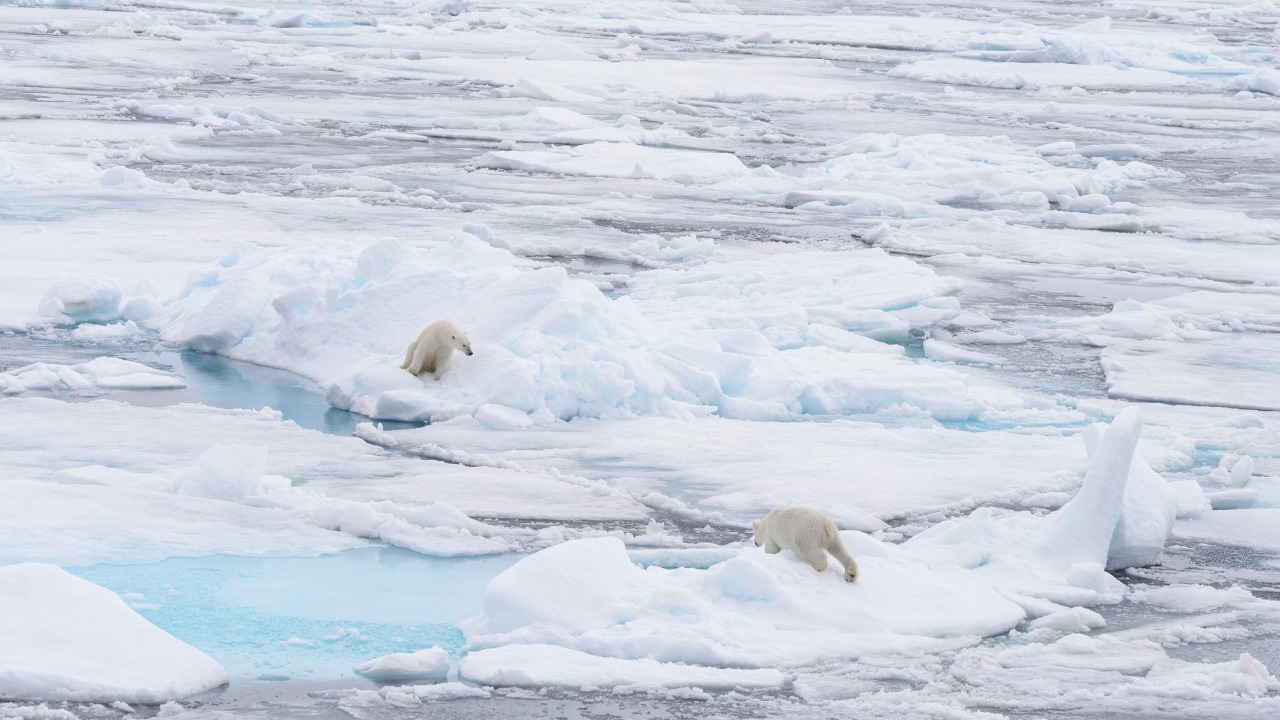
The darkening of Earth poses significant risks to agriculture. Heat stress amplified by Earth’s darkening could lead to crop yield reductions of up to 10% in wheat and maize.[3] Sea-level rise is also accelerating, with Antarctic ice melt contributing 0.4 mm per year to oceans due to albedo feedback.[4]
These changes also carry significant economic costs. Damages from climate extremes tied to increased heat absorption could reach $2.9 trillion annually by 2030.[1]
Monitoring and Mitigation Strategies
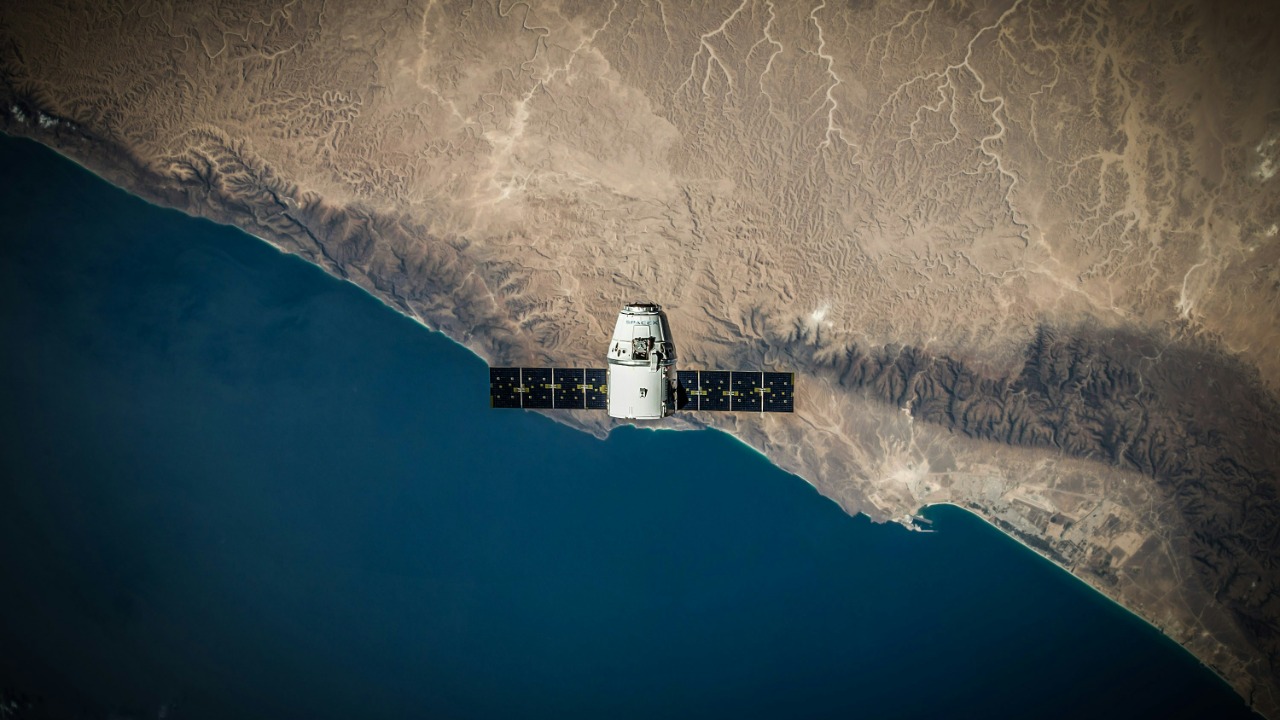
NASA continues to monitor these changes with satellite missions, including the upcoming PACE mission in 2024, which will use hyperspectral imaging to better track albedo changes.[2] Restoration approaches like reforestation are being explored to boost land albedo, with UN initiatives targeting the restoration of 350 million hectares by 2030.[3]
Policy recommendations also play a crucial role in mitigation strategies. For instance, phasing out black carbon emissions could reverse some dimming effects and slow the rate of global warming.[4]